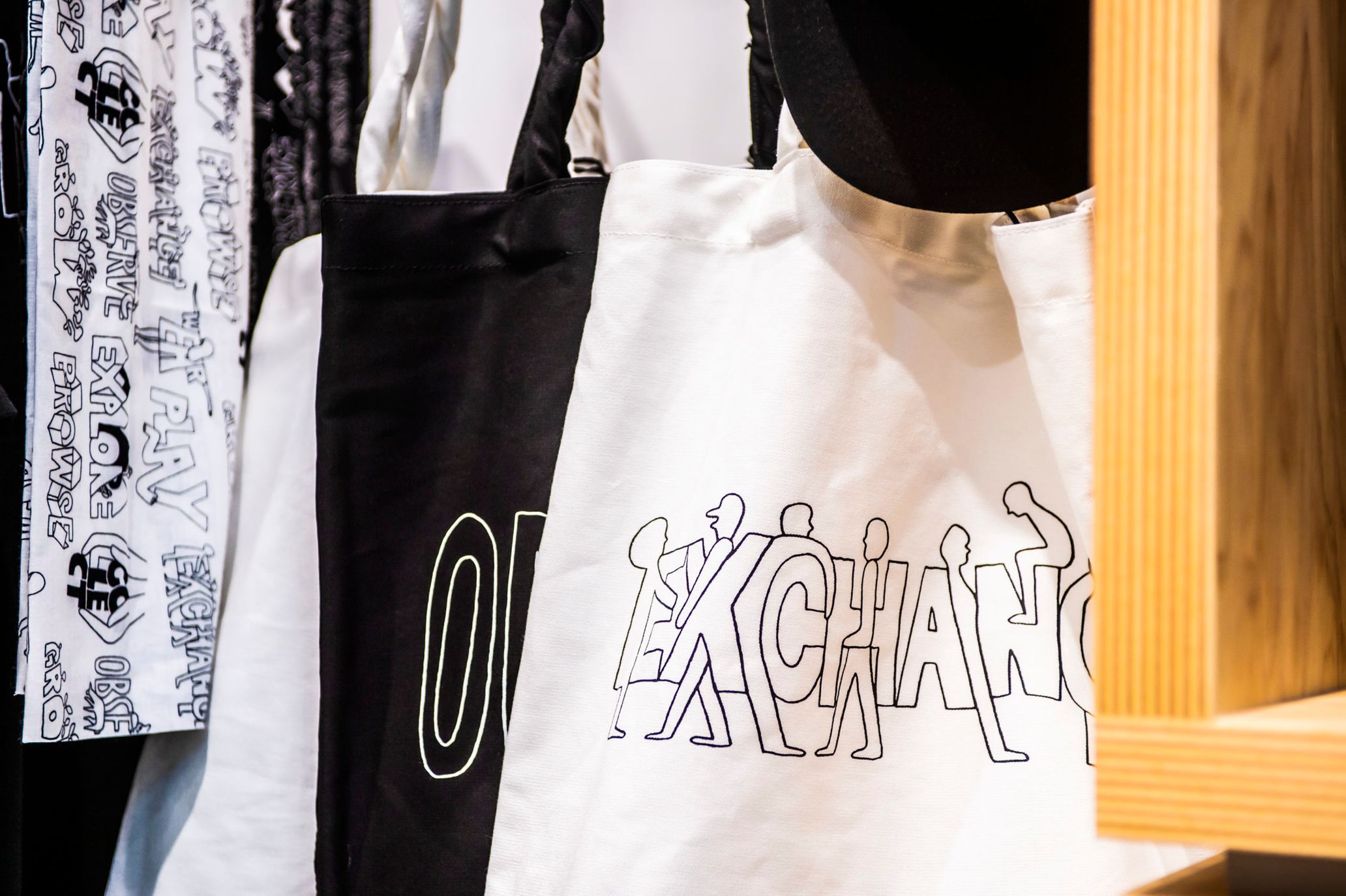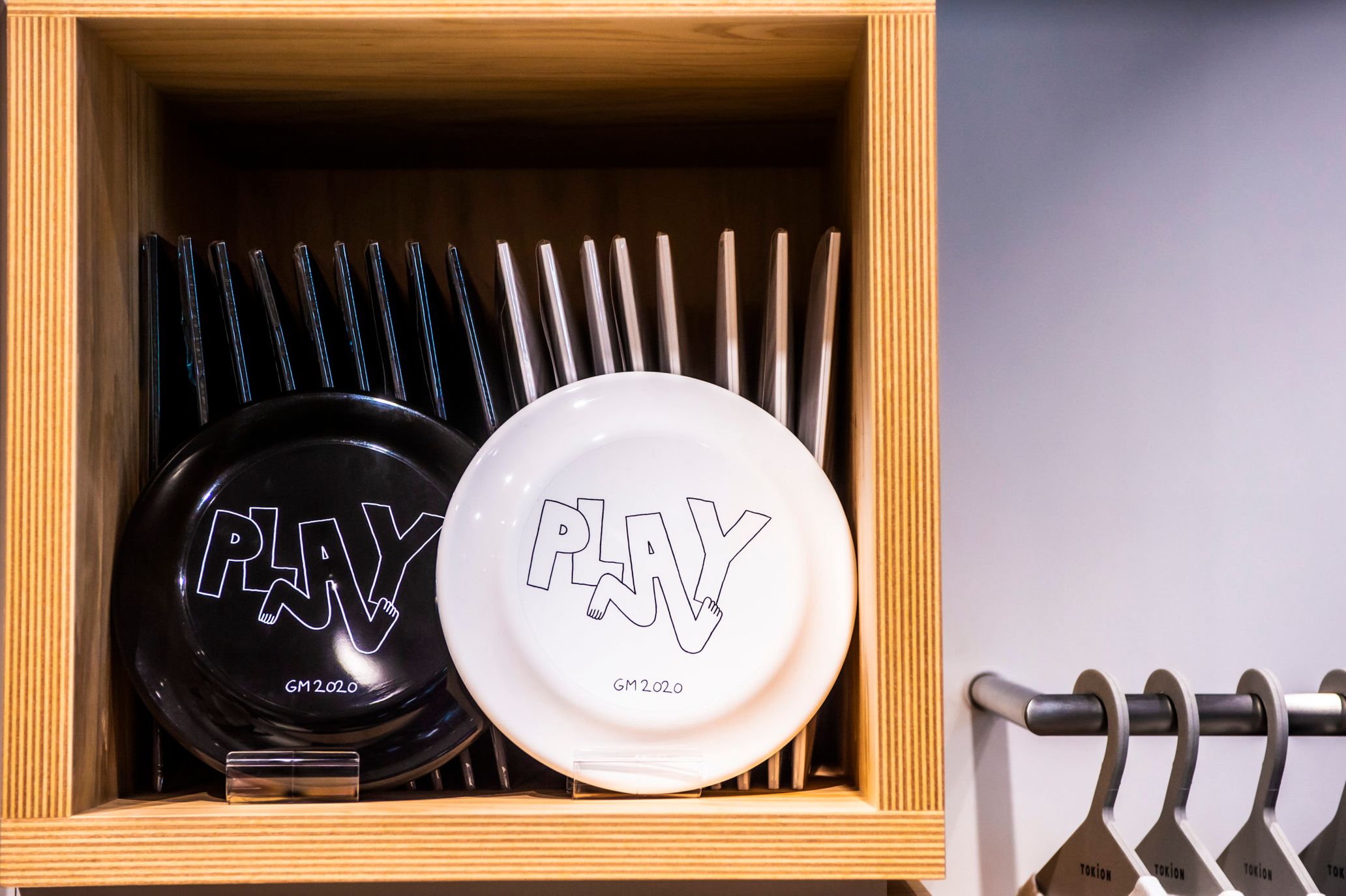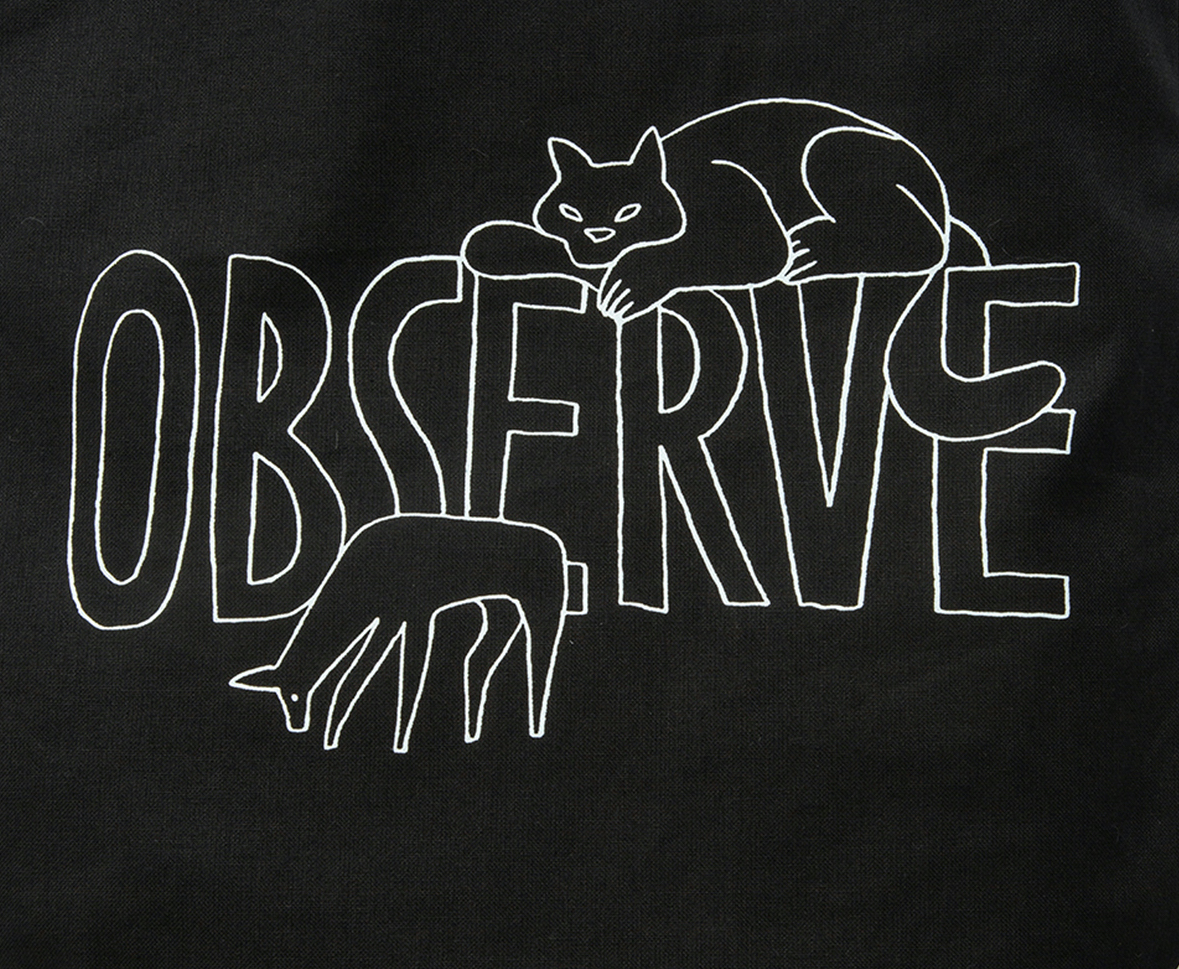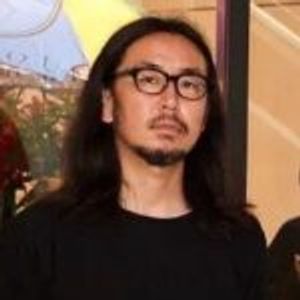Working out of Los Angeles, Mr. Geoff McFetridge has earned a reputation for creating works of art that eschews frivolity to convey a solid message. While his motifs are simple, they come with characteristic patterns and typography that bring regularity yet lend a whimsical touch of satire and irony to his works.
His career in art started in 1993 when he became art director for Beastie Boys magazine Grand Royal. Later in 1996, he established his design studio, Champion Graphics. In 1997, he held his first exhibition at George’s gallery in Los Angeles and filled the walls with colorful silkscreens upon which simple posters were draped across like pieces of clothing. The posters were displayed with the idea that as they were sold off they would reveal the splendidly designed walls behind. Eventually, this exhibition became a permanent collection at the San Francisco Museum of Modern Art and Design.
In the world of cinema, he created the title sequence (titles at the start and end) for Sofia Coppola’s Virgin Suicides and the screen graphics for Spike Jonze’s films, Where The Wild Things Are and Her.
Geoff’s art has traveled the world and is not limited to graphics but spans a wide range of genres including film sequences, textiles, animation and poetry. What surprises is that all his art displays unique characteristics blended with a consistent and distinctive “Geoff style” that is all his own. This is because the message, ideas and sources of inspiration his works convey are anchored in nature, his interests, his friends and everything else that is part of his life. I asked him about the current collaboration and his sources of inspiration.
――How did you become interested in art and graphic design?
From my earliest memories my favorite way to play was to draw. I would lay on the floor with a pencil and a piece of bond paper and tell myself stories with pictures.
――What has Los Angeles life brought to your creativity?
If you look at people who came from CalArts they think a certain way, they have a method for thinking. It controls what they make. When I came to Cal Arts I knew how to make things look like something, after grad school I knew how to make them think like something.
――What artists have you been influenced by? And how have these artists affected you?
I would like to think that the biggest influence I have had, I think, is my sort of independent, art-based, approach to design, how I operate and how that reflects on what sort of things I make and what they look like. In an era where many jobs either don’t exist, or are terrible. Being independent, and flexible becomes pretty relevant.
―― You work on the skateboard brand “Solitary Arts”. How does skateboarding, surfing, BMX riding and other subcultures affect your creativity?
I guess I am interested in perception. I am interested in the linguistics of everything. Like what about skateboarding without ollies? Why is skateboarding centered around performance? I have had many experiences through skateboarding, or surfing or long distance running where you have a paradigm shift, your understanding changes. I think this is a type of nourishment that is so important. I saw Solitary Arts as nourishment for skateboarding, a way of looking at something beautiful with new language.
――Do you find yourself following any rules when it comes to work?
I have many rules. I like to create limitations. I am interested in invention that comes out of necessity. I also just invent the necessity. I love routine, but my routines change from year to year. Current Routine: My weekday begins at 6 AM I take my daughters to the bus. I then do something outside. Either skating, or bike riding, fishing, trail running something for a few hours. I then go to a cafe. Get a Juice. Go to studio by 9 or 11. I generally stay away from computers until afternoon. Sometimes all day. Then I am home for dinner by 5:30 Weekends are spent at the barn with my daughters. They ride horses. Afterwards sometimes we meet friends at the park or the beach.
――How do you balance commercial and artistic work?
Although a majority of what I do now is art for galleries and commissions, graphics and branding is still a vital part of what I do in the studio. The Design work for me is a place of discovery that very much influences my artworks. Which might be a reversal of what would be expected.
――What is your impression of Japan?
My only reference is Tokyo. Since there, and Hokkaido Ski, are the only places I have been. I feel it has changed a bit. Everything seems a bit more refined. It is like the original powerful creators have shaped Tokyo in their own image. Before it seemed like they were shaping the city.
――In your project with TOKION, you have inflated graphic images from some verbs. What influence has the words had on your creativity?
I am drawn to flatness, linear language and exploding binary organizations. Physical examples might be; night and day, a good logo and a bad logo, dancing and not dancing. I see an opportunity in the moment when day becomes dusk and then night… the impossible subtlety of this, it is beyond-language yet tangible. It is both mundane but hard to quantify. It is something we feel and experience with mundane ease but find it very hard to describe. These things interest me.
―― What is your favorite word in this collaborative project?
“Exchange”. I like to straddle worlds. That is the best part of collaborations. To surf with Joel Tudor surf with my logos on his board, or to work with rarified brands like Hermes. So much of my life, and people in my life, have come out of this type of work, traveling, making art… having real experiences under the auspices of “collaboration”- the best type of exchange.
――The movement of animals, humans and plants was impressive in this series. What is your source of inspiration?
I guess you could say I prefer to be outside all the time. I like to be hot, I like to be cold, I like to get soaked with rain and I like being in the ocean when the sun is going down. In winter I often run home from my studio at night through Griffith Park and I can hear the pitter patter coyote footsteps behind me. Making art is generally an indoor activity, but definitely my interests are outdoors. I don’t go to bars… I have a lot of hobbies, each a different sort of inspiration.
――You are working on nature conservation and environmental issues. Is there anything you would like to do after the COVID-19 crisis?
When this is over, I don’t want the traffic to come back. I want all this extra time with my family. I want to hold on to this quietness.
This collaboration came about from ideas from OBSERVE, a poetry special published in TOKION magazine. Starting with OBSERVE, artwork such as BROWSE, EXCHANGE, EXPLORE, GROW, PLAY, WEAR and COLLECT all with motifs named using the formula of single verbs in the infinitive followed. EXPLORE likens the alphabet to a mountain and show people hiking on it. It is a graphic that brings “adventure” to mind, while in GROW a jungle sprouts from the front end of the characters. Motifs based on simple words gives his artwork a certain regularity flavored with Geoff’s distinctively quirky humor. His collections range from standard T-shirts, tote bags, iPhone cases to lanterns, towels and other Japanese inspired items.
Geoff McFetridge
Born in Canada. He was schooled at Alberta College of Art and the California Institute of the Arts. After graduating, he settled in Los Angeles. He started out at the Contemporary Art Center, Cincinnati, Ohio in 2004. After that he became part of the documentary Beautiful Losers, filmed by Aaron Rose, which went on to tour the world. The tour took in Berlin, Paris, London, Holland, Japan and other locations around the world. He established a studio, Champion Graphics, in Los Angeles, which has produced art projects for numerous corporations.
Photography Kunihisa Kobayashi









